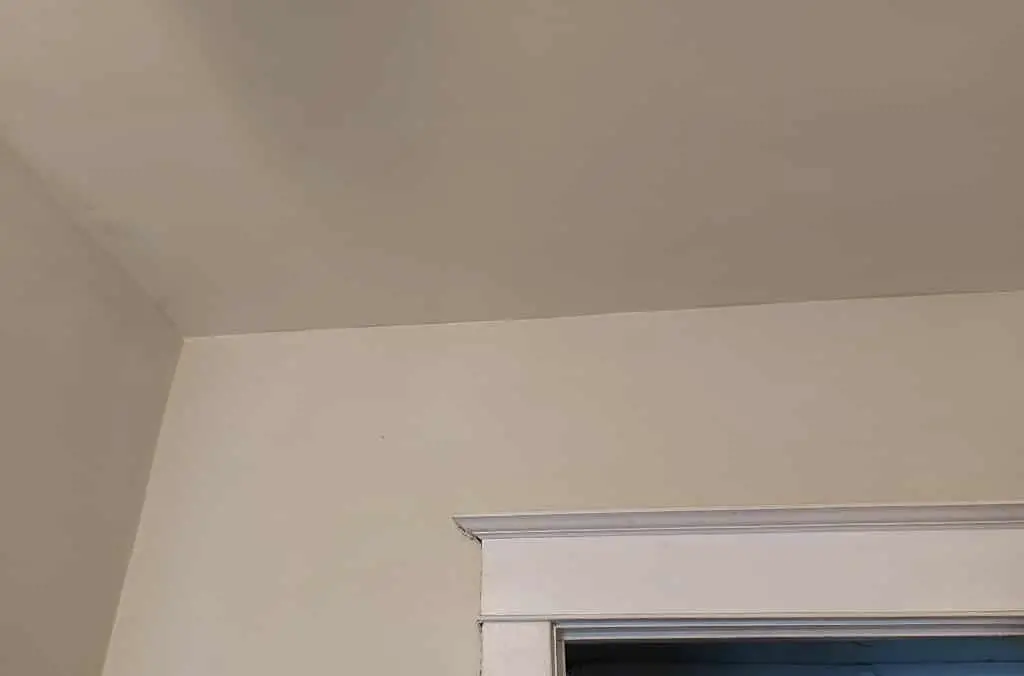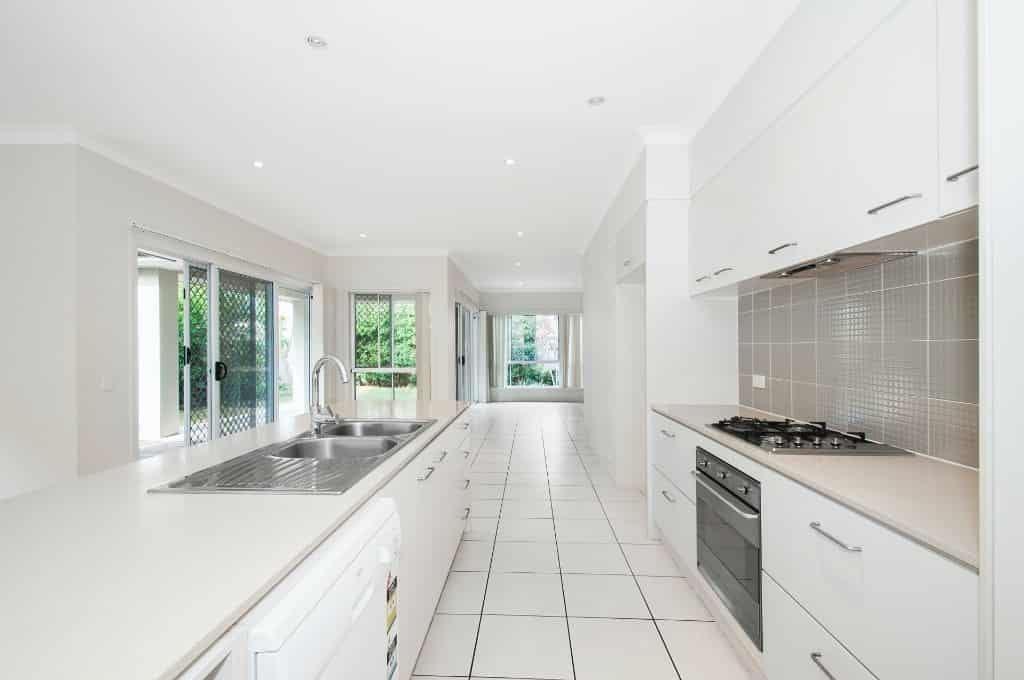Should A Ceiling Always Be Painted White?

Thinking of ceilings will generally conjure up the vision of a plain white slab; most modern ceilings have been habitually painted white, the most commonly used color for a ceiling. But should a ceiling always be painted white?
While white may be the most common ceiling color, a ceiling does not always have to be painted white. Ceilings can be painted any color a homeowner may wish; there is no limit or rule. However, there are benefits to painting a ceiling white, to lighten up a dark room, for example.
We will examine why ceilings are more commonly painted white, what other colors a ceiling may be painted, how both white and colorful ceilings are different concerning home value and décor, and if they affect environmental considerations.
Should A Ceiling Always Be Painted White
Before we jump into the whys, hows, and when’s of white ceilings, let’s first look at what constitutes a ceiling.
A ceiling generally comprises flat boards or planks as a barrier between the living area and the roof. They can help to subdivide a room and an attic or upper floor and provide an area that can serve as insulation against the elements.
Ceilings hide the more service-related parts of a house, like pipes, air-conditioning units, and electric wiring.
Ceilings do not need to be painted white; in fact, ceilings can be painted any color one may choose, although it is advisable to try to choose colors that are in harmony with the color scheme of the rest of the room.
Nonetheless, white is the most common color for painting a ceiling.
How Long Have Ceilings Existed?
Ceilings have been around for millennia, and the ancient Romans had intricately decorated ceilings. Many decorations and designs fell away during the medieval period, with creative ceilings limited to the nobility and the clergy.
Most households had much more simplified white ceilings or none living in small thatched cottages.
The renaissance saw a resurgence of artistry that was highly elaborate and colorful. But smaller households and premises would often have plain white ceilings.
Many great stately European homes had intricately painted scenes and designs on their ceilings. One of the most famous ceiling paintings is that of the Sistine Chapel in Rome, which depicts vibrant, colorful renderings of biblical scenes thanks to the artistic genius of Michelangelo.
Over time, ceilings have become less colorful as designs have simplified and modernized.
Why Are Ceilings Commonly Painted White?

White ceilings go back to the days before electric light. In the past, homeowners would have wanted to maximize the light in every room. Dark ceilings and walls can make a room seem much darker than it is.
Because of this, when electric lights had not yet been invented, and people relied on candles, rooms could often be very dark and dingy as candlelight doesn’t reach very far, and darker colors absorb light.
Ceilings were painted white to help reflect the light being given off, helping to lighten the room.
White is also useful to help give the appearance of a larger space. Darker colors can make one feel more claustrophobic and closed in, while light colors, specifically white, help open up a room. White ceilings help to give an illusion of a higher ceiling.
White is also a useful color for reselling a home and is more compatible with many decorative styles.
Can Ceilings Be Painted The Same Color As The Walls?
Yes, a ceiling can be painted the same color as the walls of a room. Many people will choose a color a shade or two lighter or darker, but if a homeowner prefers, they can paint all their flat surfaces white or any other color.
The color of a ceiling is a question of personal preference and choice, and there are no rules against painting rooms and ceilings the same color or even a myriad of colors.
What Color Should A Ceiling Be Painted?
Ceiling color is a matter of personal preference, but one can always keep an eye on the prevailing trends and fashions and decide accordingly. Otherwise, here are a few factors that may influence the color of a ceiling:
- Room Size
- Lighting
- Wall Color
- Intention For The Home/Room
Room Size
The smaller the room, the lighter the ceiling color should be to help give the illusion of a larger space. Small rooms will immediately feel much smaller if they have dark ceilings, especially if the décor and walls are also dark.
Light colors for the ceiling are recommended to best show off a small room and give it an airy, spacious feeling.
Lighting
Lighting and the amount of light in a room can be deciding factors on the color choices for a ceiling. If the room is an interior room with no windows, light colors, like white, are best.
If dark colors are chosen, then the room will feel very dark. It may not seem too dark with sufficient electric lighting, but you will likely need the lights on even during daylight hours.
Wall Color
If the walls are dark, it will be best to go for lighter ceiling colors. Again the number of windows and the lighting quality will also play a role.
Generally speaking, darker walls will darken a room and make it feel smaller, so a lighter ceiling gives a more airy open feel to mitigate that.
Intention For The Home/Room
The purpose is important; what are the intended uses for the home or room? Will it be let? Will you be selling soon? Will you use it as a workspace?
How you intend to use the space should play a role in what colors you choose for the ceiling. If you are subletting the space, white is the best option as it’s an easy color that goes with anything.
If it’s your living space, it’s best to opt for a ceiling color that complements your furniture and décor.
If the ceiling you wish to paint is in a room used as a workspace, a lighter color is best to provide the best possible lighting while at work.
Conclusion
Ceilings do not always have to be painted white. There is a long history of vastly elaborate and colorful ceilings, and even today, ceiling color is a personal choice.
While several elements play a role in the best ceiling color options, in the end, the final choice comes down to personal preference.
As mentioned, white is always the best option if you want to keep the home simple and easy to sell.
References
https://en.wikipedia.org/wiki/Dropped_ceilinghttps://www.oldhouseonline.com/interiors-and-decor/decorated-ceiling/





